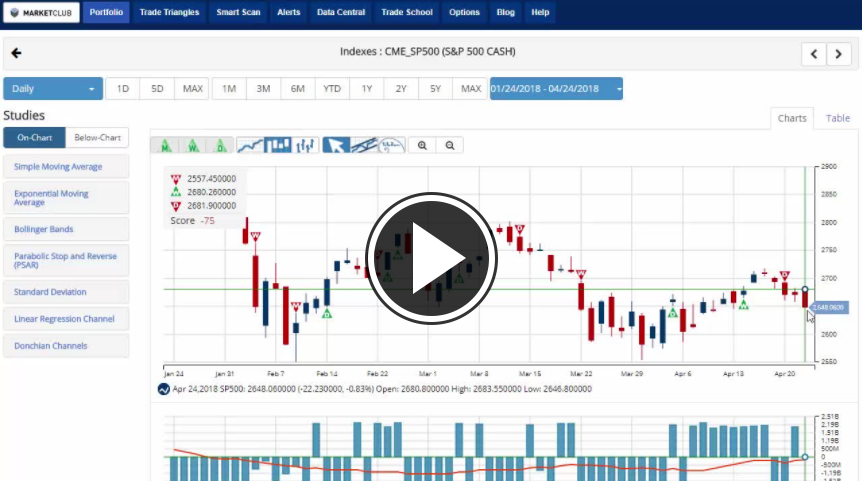
According to a widely reprinted and circulated report in the Wall Street Journal, for the first time since 2000, U.S. government bonds now yield more than all of their developed world counterparts. Looking just at the 10-year security, the yield on the benchmark Treasury note now yields more compared to a record number of countries, and the yield differential between the U.S. government note and its German bund counterpart is its widest in almost 30 years.
Basically, this means that the arguably safest investment available anywhere in the world – the one American business schools still hold up as a “riskless” benchmark – yields way more than most other sovereign debt, including Italy’s, Canada’s and Australia’s – but no, not Greece’s, although they’re not too far off.
Let’s look at the numbers. Continue reading "Uncle Sam's Bargain Bonds"


